Design sprints in Estonia benefit local organizations by providing a structured process for solving complex problems and developing innovative solutions. By bringing together a diverse team to understand an issue, generate ideas, prototype and test a solution, and make decisions, design sprints can deliver results at a rapid pace. The process encourages open and collaborative discussion, improving team productivity, creativity, and morale.
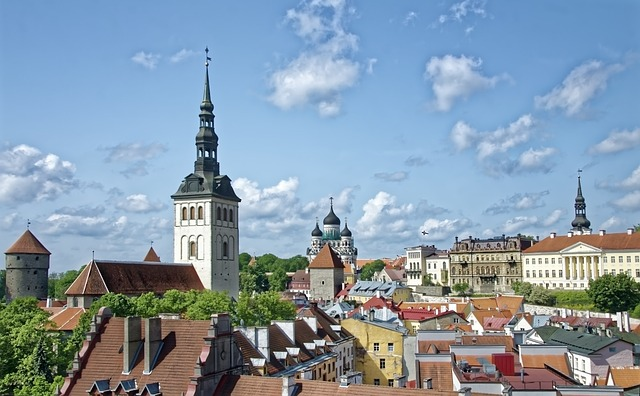
Benefits of Design Sprint for Estonian Organizations
The design sprint is a structured process for solving complex problems and testing new concepts in a short period, typically five days.

They bring together diverse design sprint participants to understand a problem, generate ideas, prototype and test a solution, and make decisions. One of the most impressive benefits of a design sprint is the speed at which they can deliver results.
Encouraging open and collaborative discussion during the design sprint event allows various ideas and approaches to be explored and narrowed down quickly.
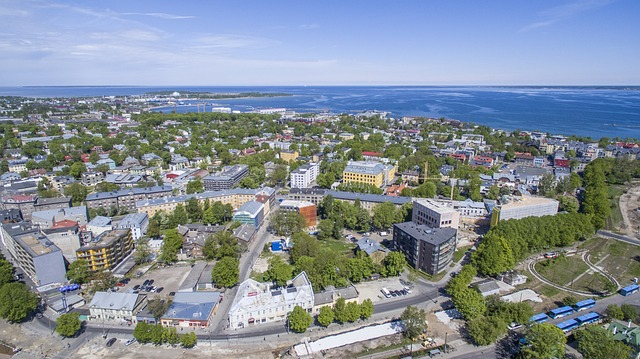
Design sprints also create an open and collaborative environment, increasing team productivity, creativity, and focus. By working together in a structured and focused way, teams can build trust, share knowledge, and develop a shared understanding of the problem and solution, leading to better communication and collaboration within and across the organization.
Benefits for organizations
In addition to the benefits for teams, design sprints can also bring significant benefits to the organization. By developing and testing new concepts quickly and efficiently, organizations can save time and resources, reduce risk, and improve the chances of success for new products, services, and initiatives.

Design Sprint Team Tips
Setting the working environment
To set up a successful design sprint, preparing the working environment, organizing tasks, and gathering materials in advance are essential. This includes selecting a facilitator, setting up a physical space for the design sprint, and gathering necessary materials such as sticky notes, markers, and paper.
It is also essential to clearly define the problem or challenge the team will be working on and set specific goals for the design sprint.
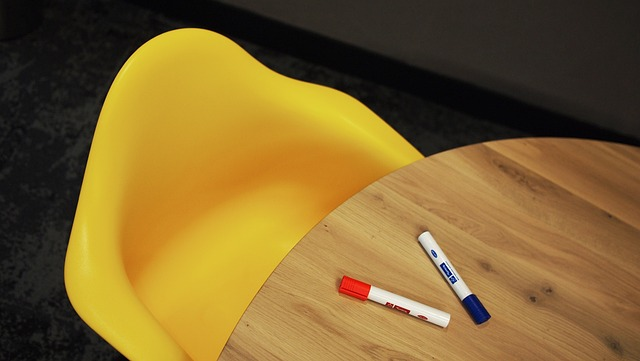
Organizing Tasks and Materials
It is also important to have materials ready for the design sprint. This design sprint arsenal includes paper and pens for brainstorming, sticky notes, tape, pins, markers for quickly organizing thoughts, post-its, index cards, and magnets to express ideas visually.
Snacks and drinks also make sense for boosting morale during the design sprint.

Here are some well-known Estonian companies which have incorporated design sprints into their product development process:
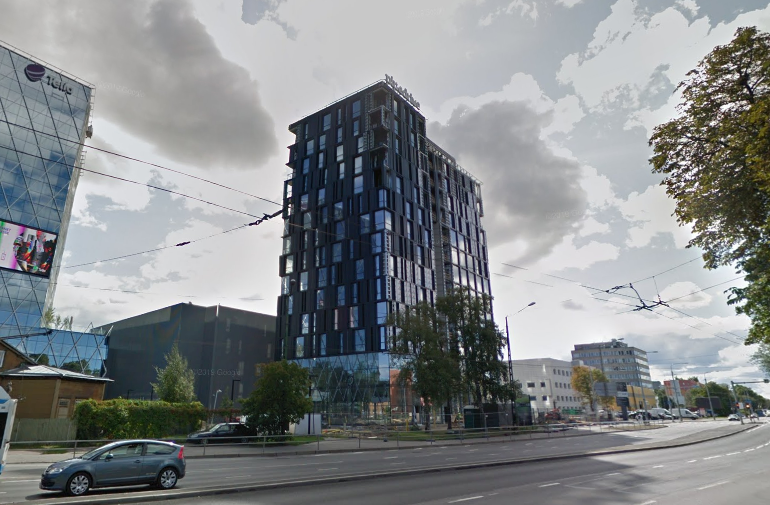
1. Pipedrive – Pipedrive is a sales and customer relationship management platform that helps businesses increase sales. It uses sprints for shortening the time it takes to develop new features and products, allowing the company to respond to customer feedback and make changes quickly.
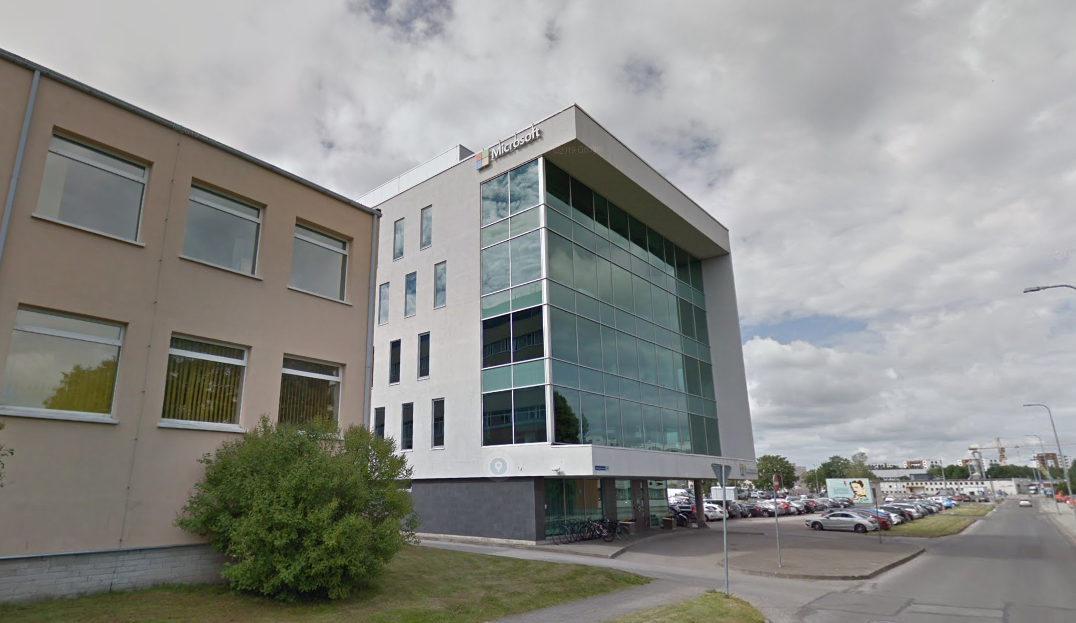
2. Skype – Skype is a popular video-conferencing service owned by Microsoft. It uses design sprint innovation to identify customer needs, brainstorm solutions, develop prototypes, and test new concepts before launching them into the market.
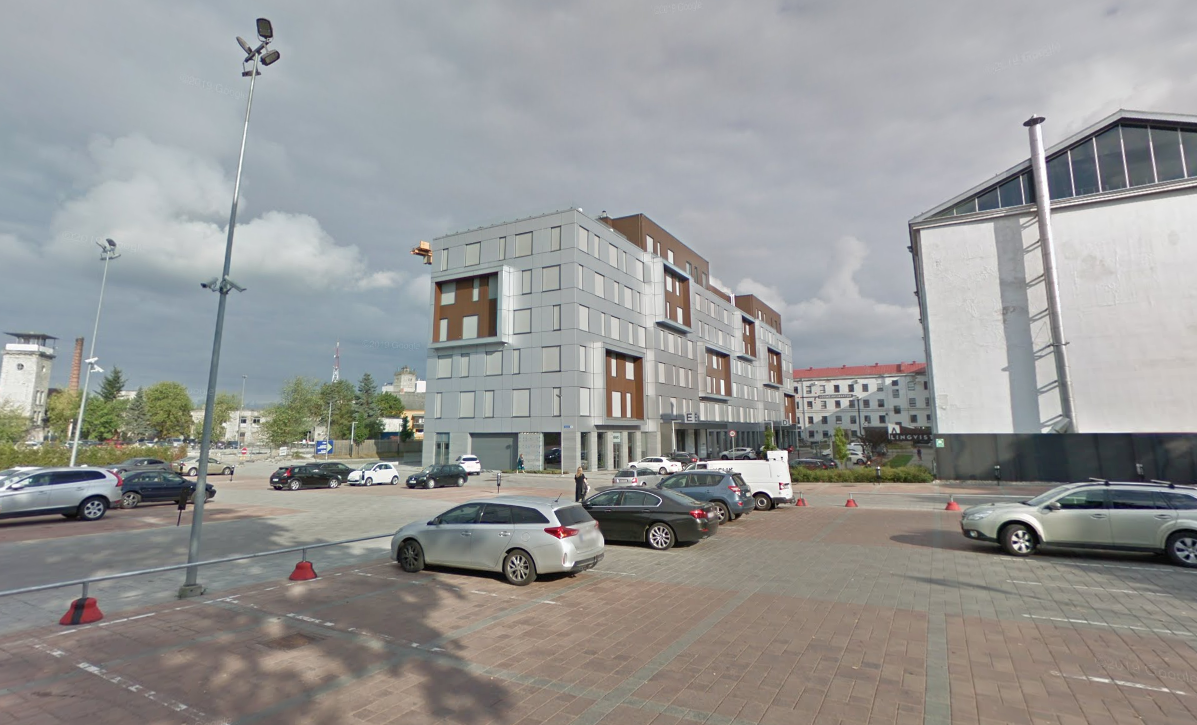
3. Wise – Wise is an online money transfer service that helps customers save money on international transfers by using their innovative technology to find the best exchange rate. It uses design sprints to rapidly test out new conceptions, improve existing services, and launch products faster than ever before.
Conclusion
Overall, design sprints are an effective and efficient way for Estonian organizations to develop new design solutions quickly, solve problems, and test hypotheses.
By bringing together diverse teams in a structured and collaborative process led by a design sprint, organizations can improve design team productivity, creativity, and morale and increase the efficiency and success of the organization.
